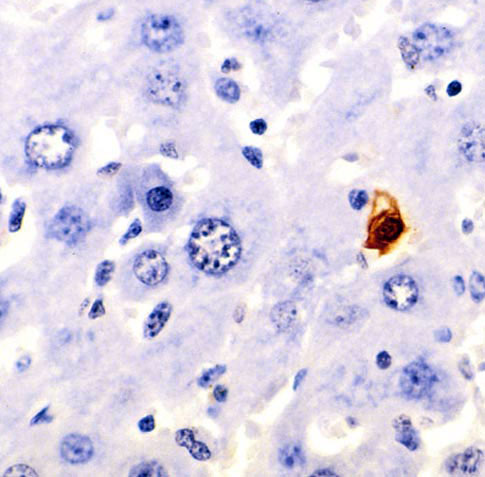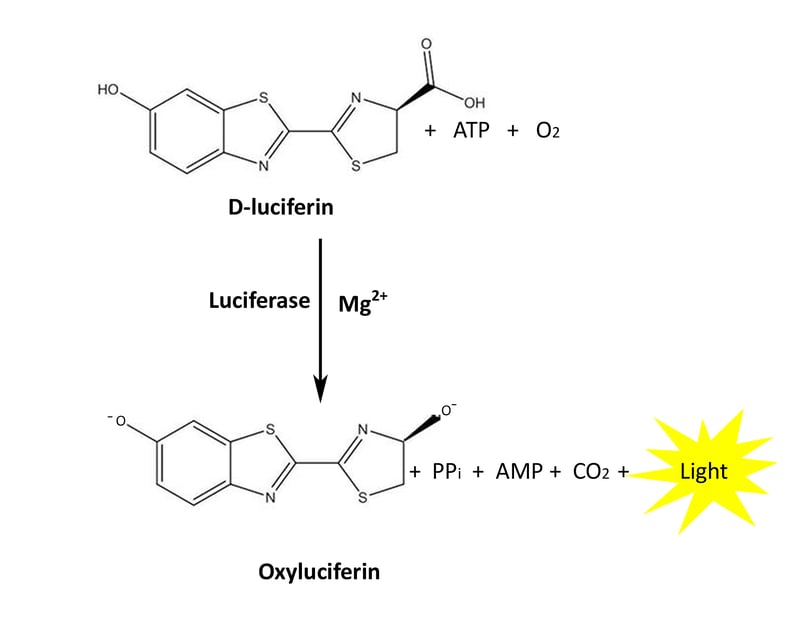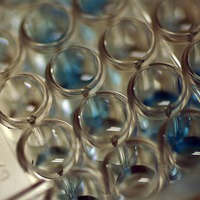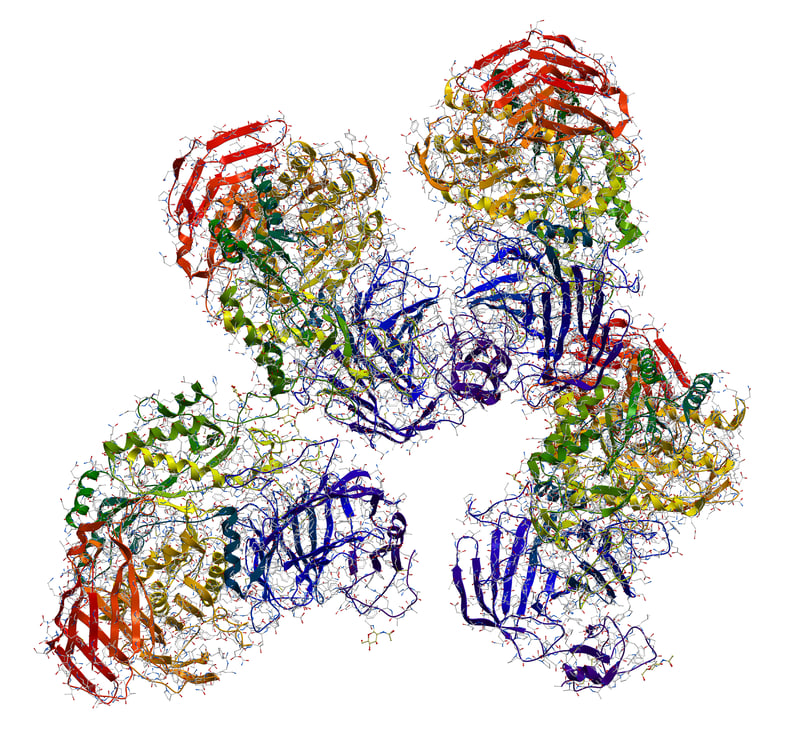At a cellular level, there is always a homeostasis maintained between cell division and cell death. The process of growth and development involves an active balance of both of these mechanisms. Cell death occurs through three distinct mechanisms depending upon the molecular signal: Apoptosis, Necrosis, and Autophagy. All these processes have specific morphological and biochemical hallmarks that help them to get identified through different techniques. Also, these processes are crucial in a normal cellular state, while a heightened or reduced rate of these processes lead to diseased conditions. Autophagy involves intracellular protein degradation and is an important aspect of cell starvation, aging, and differentiation. Apoptosis is also known as programmed cell death, where a strict tightly controlled event making apoptotic bodies to promote cell death. Necrosis results into the release of cellular components in the extracellular space after cell destruction.
Reporters have contributed significantly to the field of biology and its progress. Genetic reporters are widely used in drug development, biomedical research, and biochemistry. In a nutshell, the reporter gene is fused with the gene of interest and cloned into an expression vector. The expression vector with the chimeric sequence is transferred into suitable cells. The expression of the gene in the cell is measured by the activity of the reporter protein. A textbook good reporter gene should have high sensitivity and can be measured quantitatively after expression.
Topics: Assay Development (ELISA)
Determination of protein concentration is necessary and widely used in protein biology, molecular biology, and other research applications. The concentration of protein samples have to be estimated before proceeding to isolation, purification, and analysis. Various protein estimation methods have been developed so far. Each method has its own advantages and disadvantages over others. Most of these methods depend on the levels of tryptophan, tyrosine and other aromatic amino acids.
Topics: Protein Estimation
Host Cell Protein Analysis: Detection in Biotherapeutics
Host cell proteins (HCPs) are one of the main impurities in bio-therapeutics that are carried over from the host expression system. Although HCPs are at low levels, they can trigger immunogenic reactions in the human system when administered along with bio-therapeutics. The similarity of physicochemical properties of HCPs and therapeutic proteins result in co-purification. Detection and elimination of these HCPs during bio-therapeutics purification are required. Development of analytical tools and methods for the detection of these HCPs during protein purification and quality control is a challenge. The final threshold level of HCPs varies for different bio-therapeutics, so manufacturers have
to analyze and report the HCP levels at all stages of downstream processing before the
product is released according to ICH-Q6B guidelines.
Topics: Protein Detection







